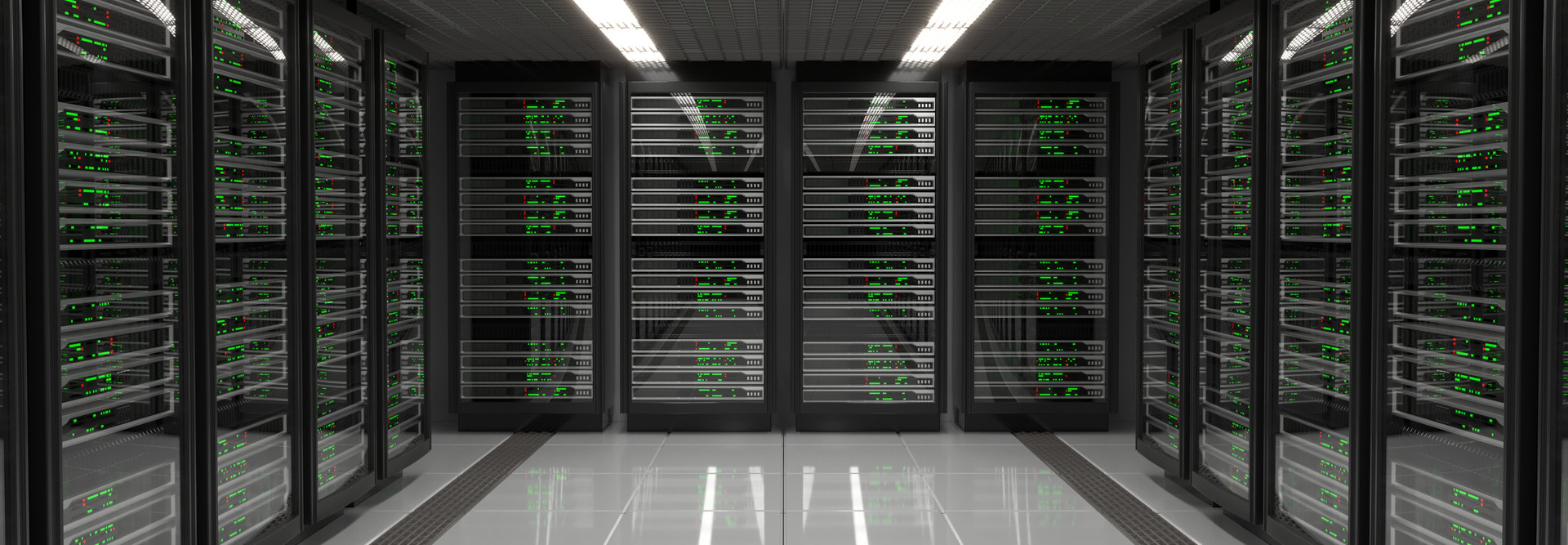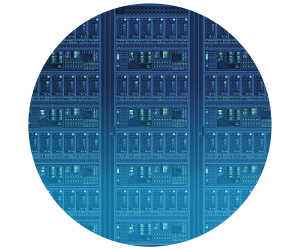Modern Data Center Solutions Exchange Data
Since 2020, state and local officials have pushed to overcome these limitations through data center modernization. Modern data centers use the latest technologies and best practices to optimize their performance, efficiency, security and sustainability.
Optimized data centers may:
- Use virtualization, automation and AI to reduce dependency on hardware, increase resource utilization and improve service delivery
- Consist of modular, standardized and scalable architectures to enable rapid deployment, expansion and adaptation
- Advance security, backup systems and disaster recovery plans to ensure data protection and service continuity
These benefits offer significant advantages for state and local governments, such as:
- Improved data and service availability, quality and reliability for citizens and stakeholders
- Enhanced trust and reputation among citizens and stakeholders due to better service quality and security standards
- Increased innovation via new technologies or opportunities
- Adjustments in spending and resources due to lower operational and capital expenditures
READ MORE: These counties upgraded their on-premises data centers.
Digital Transformation Requires Careful Planning and Expertise
Modernizing data centers is not a one-time project but a continuous process that requires careful planning, execution, monitoring and evaluation.
To begin a modernization journey, state and local governments should assess the state of their current data center infrastructure and identify gaps and opportunities for improvement. They can then define goals and objectives for data center optimization.
Having established goals, IT officials should develop a strategy and a roadmap, considering budget, risks, stakeholders and, of course, citizen services. Implementing the plan will require adopting best practices for project management and change management, and agencies should follow up with evaluations to measure performance outcomes.
State and local governments can seek guidance and assistance from managed service providers and experts that specialize in data center modernization. By modernizing their data centers, government agencies can enhance their service delivery, security and efficiency and ultimately achieve their mission and vision for their citizens and communities.











